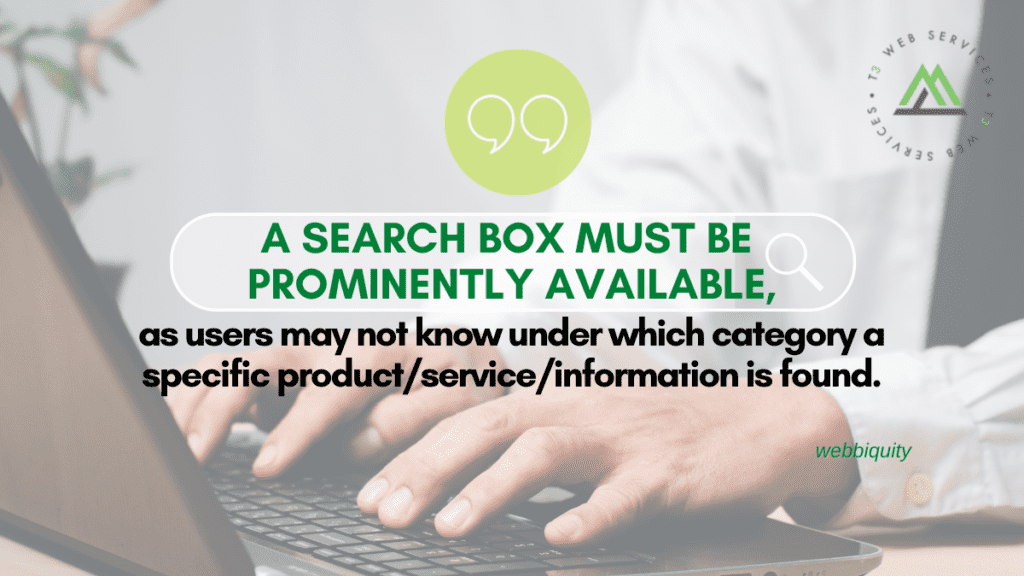Google Analytics is a valuable tool for any website owner. It helps you prioritize and strategize how to improve your SEO traffic quality. But to truly see the benefits of using Google Analytics, you’ll need to monitor engagement, conversion, and relevance metrics over time. These are only one part of the puzzle though! Sustainable growth will come from continuously researching, analyzing, and adjusting your site based on what Google Analytics tells you about its performance. Important factors like Conversion Rate tell you how many visitors to your site actually take an action that you deem valuable, such as subscribing to a newsletter, making a purchase, or filling out a contact form. Improving this rate is key to increasing traffic quality because it means that the people coming to your website are actually interested in what you have to say and/or sell. Reach metrics tell us how many people saw a particular piece of content across different channels. This information is valuable because it can help identify which types of pieces perform best for engaging your target audience, meaning that when creating future content, you’ll be able to prioritize these more successful ideas while avoiding less effective ones. Let’s go over some tips for using Google Analytics data effectively so that we may improve traffic quality on our websites!
B2B Marketing News: B2B Marketers Turn To Predictive, Twitter Adds New Analytics, & More Young Marketers Are Buying Via Smartphone


The Marketing Trends of 2022 [The Ultimate Guide] [HubSpot Report]
Influencer marketing was the leading marketing specialty that marketers plan to invest in during 2022, with 46 percent of those already using influencers saying they plan to increase spending on influencer marketing next year, according to newly-released report data from HubSpot, also showing that 56 percent of marketers who invest in working with influencers work with micro-influencers who have less than 100,000 followers. HubSpot
Brands Say They’ve Recovered From The Pandemic, But Risks Persist, Experian Reports
74 percent of brands have incorporated artificial intelligence (AI) tools, a five percent jump from 2020, and 59 percent of organizations have mostly or completely weathered the pandemic storm, according to recently-released survey data of interest to digital marketers. MediaPost
Consumers Increase Their Video Use While Email Is Flat: Study
60 percent of consumers worldwide have said that they are utilizing more video chatting to communicate with businesses in 2021 than they did last year, while some 47 percent have increased their use of digital communication formats for engaging with organizations, according to newly-released survey data. MediaPost

https://www.toprankblog.com/2021/11/b2b-marketing-news-112621/
How to Measure the Quality of Your SEO Traffic Using Google Analytics


On page optimization
Optimizing your published content is an easy way to improve the quality of your traffic and increase engagement. To do so, you want to look at applying keyword research that matches search intent. Group keywords with similar topics and identify the right terms to target through each page of your site.
Other specific on page optimizations include:
- Incorporating your target keyword in the first 200 words of your copy
- Your page title and meta description to have the acceptable Google length (72 characters for title and 170 for meta description)
- Your target keyword is included in H1 and subheadings
Ensure the website’s design works well on both desktop and mobile
As more consumers buy online for just about everything, the mobile user experience will contribute to your overall rankings. Here are five tips to optimize your responsive site:
- Check Page Speed Insights for mobile vs desktop
- Ensure all elements are properly visible and readable on both desktop and mobile
- Optimize image scale on mobile
- Simplify navigation
- Shorten your text

https://moz.com/blog/measure-seo-traffic-quality-with-google-analytics
7 Ways to Use Google Trends for SEO & Content Marketing


How to Use Google Trends for SEO
1. Get More Accurate Data by Comparing Keywords
How to Obtain More Accurate Traffic Data
If you want to obtain a more accurate estimate of keyword search volume, compare the keyword with a keyword that you already have accurate volume numbers for.
If the keyword volume is especially large, there’s another way to identify a close estimate of keyword volume – by comparing your target keyword with any keyword phrase that you have an idea of traffic volume.
2. Compare Keywords by Time for Audience Insights
There are two general ways to look at the keyword data: stretched across over longer periods of time and shorter time periods.
Long Period Trends
You can set Google Trends to show you the traffic trends stretching back to 2004. This is valuable for showing you audience trends.
- Upward Trending Long-Term Trends: If a trend is going up this means to focus energy on creating content for this trend.
- Downward Long-Term Trends: If the trend line is moving down, then it may be a signal that audience content consumption is changing.

https://www.searchenginejournal.com/google-trends/266721/
How to Eliminate the Echo Chamber and Add New Dimensions to Your Blog


1. Don’t live inside your news aggregator
You also need to be aware that the algorithms powering these platforms just dish you up more of the same of what you’ve previously found interesting and interacted with.
2. Say something original at least once a day
Starting conversations rather than just responding to others or reporting on the conversations that others start can lead bloggers into a fairly one dimensional type of blogging.
3. If warranted, quote an “unknown” source
It’s easy to only read the A-lister and use them as the source of a story, but the fact is that there are many other talented bloggers who are saying similar things that also deserve attention.

https://problogger.com/how-to-eliminate-the-echo-chamber-and-add-new-dimensions-to-your-blog/
Building A Keyword Strategy For Comparison Content


A lot of websites make the mistake of trying to create a standalone user journey for their comparison content. In reality, it has a lot of value being internally linked to product/solution landing pages.
On each individual page:
- Have an introductory section qualitatively explaining and providing three key reasons as to why your product is an alternative to the one the user is comparing you to. From here, you should internally link to the relevant product/solution pages on your site, and any supporting blogs or support articles further explaining the product features highlighted.
- The second section should be a more quantitative comparison using plain HTML tables to compare direct product features, indirect product features such as support, and access to any other “added value” services.
- Create a conclusion with a paragraph or two talking about some lesser (positive) differences between your product and the competitors, including a heading and some information about how users could transition from their product to yours.

https://www.searchenginejournal.com/comparison-keyword-strategy/427031/
How to Combine UX Design with SEO to Create a Better User Experience


Keyword Density
Using the right keywords enables Google to rank your content on the basis of relevance to the searches users carry out online. This makes your keyword the bridge between you and the user, that later on goes to determine the value of user experience you offer. Aligning your content with the keywords your audience is using requires research and careful planning.
Improving Page Load Time
For example, did you know that only a 1-second delay in page load reduces your website hits by 11%? Also, poor page load time will hurt your revenue numbers and the overall user experience. If your website doesn’t load in 2 seconds or less, 47% of your visitors will leave it. Obviously, this will affect your bounce rates too.
Website Visitor Metrics to Help UX
SEO revolves around understanding website analytics, which also provides insights for the design process.
Gaining a thorough understanding requires evaluating Google Analytics metrics like audience demographics, popular page content, page-to-page navigation, average time spent on page, how rapidly a website loads, and how far a user scrolls down a page.

How to Develop an Instagram Strategy That Works


#1: Establish a Goal for Your Instagram Marketing
The first step you need to take when creating your Instagram strategy is to try to reverse-engineer what your strategy is going to look like, starting with your goal.
If your goal on Instagram is to grow your brand, your posts and content will look very different than if your goal is to drive sales. So defining your goal is a very important first step.
#2: Outline a Successful Growth Strategy for Instagram
Right now, Instagram is one of the best places to grow your brand and introduce your audience to the human side of your business. It allows you to make a more personal connection and build up that all-important know, like, and trust factor.
#3: Develop a Successful Nurture Strategy for Instagram
Instagram growth strategy is based on getting your business out in front of new eyes to grow your presence and brand identity; however, a successful nurture strategy on Instagram focuses on deepening the connection and relationships you have with your existing audience.
There are three key elements to a successful nurture strategy: intentional nurturing actions, consistency, and vulnerability.

https://www.socialmediaexaminer.com/how-to-develop-an-instagram-strategy-that-works/


Leave a Reply